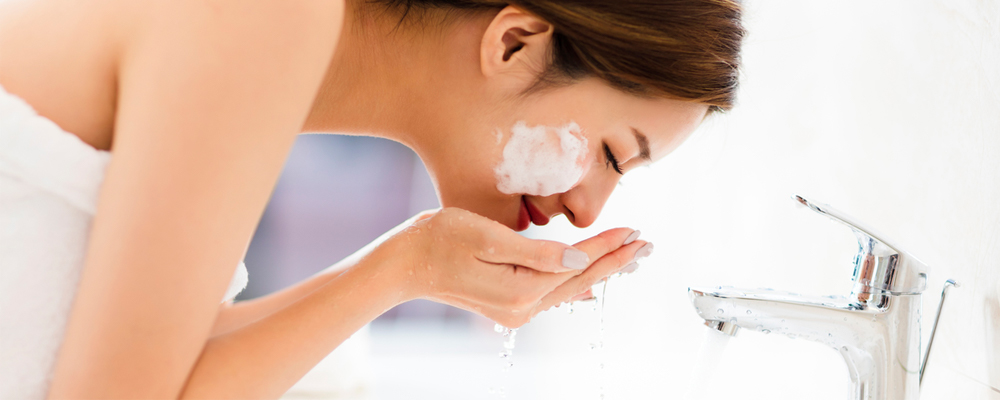
3 Ways to Speed Up Skin Renewal
These Skin Renewal Techniques Will Leave Your Skin Flawless
Having a handle on skin renewal is a goal for every beauty enthusiast. Remember those days when your skin was smooth, wrinkle, and blemish-free? If you’re one of those lucky people who can eat or drink anything, keep late hours, or sleep with makeup on and still have flawless skin, those days is today. For the rest of us who can hardly look at a powdered donut without breaking out, those days were likely prepubescent. You know… when we were carefree kids.
If you want to get back to that baby smooth skin, you might want to take some time to understand how your skin works.
For starters, the skin is an organ. Everyone’s favorite online doctor’s office says that the average person’s skin weighs about six pounds. The skin protects all of our internal organs from germs and infections. Not to mention, it may not be a sight for sore eyes walking around with exposed organs.
On average, skin renewal takes 27 days. This means, unless you use products or other methods designed to speed up that process, you can expect annoying blemishes, discolorations, and other issues to stick around for at least a month or more, depending on how well you treat your skin during the down time.
If 27 days is a little bit longer than you want it to be, there are a few solutions that may cut that process in half depending on the condition of your skin and frequency of treatments. Side note: these solutions may cost a little bit more than your average over-the-counter treatment, but their results tend to last a lot longer which hopefully offsets the cost for you.
Chemical peels
These days, chemical peels come in many forms and can treat many superficial skin issues, including: fine lines and wrinkles, discolorations, scarring, and even age spots. A chemical peel is an acid solution – usually salicylic, glycolic, lactic, or kojic – that acts as an exfoliant, penetrating the outermost or deeper layers of your skin to remove dead skin and reveal new, baby smooth skin.
The worst your issue, the deeper your skin renewal peel should be. The amount of downtime required depends on the peel, however, you can expect to spend anywhere from 7 to 14 days having people stare at you or ask what’s wrong with your skin if you choose to go outside during your peel. Minimum sun exposure and lots of sunscreen is needed during and after this treatment as your skin’s sensitivity heightens as it is peeling. For some people, one peel is enough; for others, one peel every three weeks or every other month is good too. If you can afford it, why not? Good skin is always worth the investment if you ask us!
Microneedling
Medically known as collagen-induction therapy and commonly known as the vampire facial, this procedure is frequented by some of your favorite A-listers; most notably, Kim Kardashian-West. This noninvasive technique stimulates the skin’s production of collagen and elastin which promote plump, youthful looking skin. It is most useful for scarring and some superficial acne.
The downside? Well, if you don’t like needles, this procedure may or may not be the best for you. Why? A series of tiny needles are injected in to your face to create tiny punctures. The caveat to possible pain is that most doctors use anesthesia to numb your face before it’s done. While it is rare, some scarring from the needling may occur; your skin may also be red and itchy for a few days post treatment. As always, stay moisturized and use sunscreen if you must go outside! Depending on the intensity of your microneedling experience, you can have it done every 2-6 weeks.
Phototherapy
Blue and red light therapy started gaining traction as a viable treatment for mild to moderate acne back in 2017. Designed specifically to kill stubborn acne that does not respond well to other treatments, light therapy uses a special kind of light to kill the bacteria that causes acne. If you’re concerned about radiation, no worries! Light therapy uses red and blue wavelengths which kill bacteria but do not damage the skin. This affordable treatment can be done once a week and requires you to avoid direct sunlight or wear copious amounts of sunscreen if you must go outside in between treatments. Does light therapy help with scarring or discolorations? The verdict remains to be heard, but if you don’t have any acne to begin with, you won’t have any scars!
If you’re trying any of these in the New Year, we would love to hear how your experience went. Be sure to connect with us on Facebook, Instagram, and Twitter to let us know!


Related posts